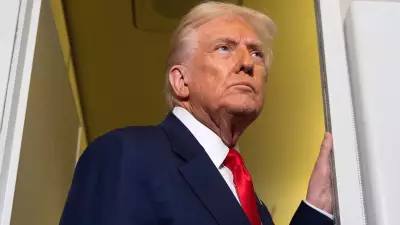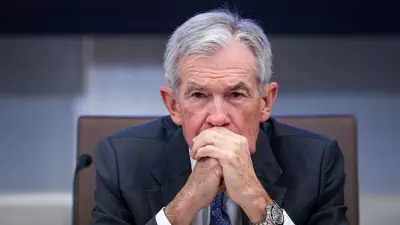
In a groundbreaking development that's set to reshape Nepal's political arena, ten prominent leftist parties have officially merged to establish the Nepali Communist Party. This historic consolidation comes as a direct response to the wave of change sweeping through the country, largely propelled by the energetic Gen Z uprising that has been challenging traditional political structures.
A Unified Front Emerges
The newly formed Nepali Communist Party represents one of the most significant political mergers in recent Nepalese history. This consolidation brings together diverse leftist ideologies under a single banner, creating a formidable political force that aims to address the growing demands for systemic reform and progressive governance.
The Catalyst for Change
Political analysts are pointing to the recent youth-led movements as the primary driving force behind this unprecedented unification. The Gen Z uprising, characterized by its digital savvy and demand for transparent governance, has compelled established political entities to reconsider their strategies and organizational structures.
The merger signals a recognition among traditional leftist groups that they must adapt to the changing political landscape or risk becoming irrelevant to the younger generation of voters.
Strategic Implications
This political consolidation is expected to have far-reaching consequences for Nepal's governance and policy direction. The unified party now possesses:
- Enhanced political leverage in parliamentary proceedings
- Greater resources for grassroots organizing
- A stronger platform to advocate for progressive policies
- Increased appeal to younger voters seeking meaningful change
Looking Ahead
The formation of the Nepali Communist Party marks a pivotal moment in the nation's political evolution. As the new entity begins its work, all eyes will be on how it balances traditional leftist principles with the demands of a new generation calling for digital transformation, environmental consciousness, and inclusive development.
This political realignment demonstrates how youth movements worldwide are increasingly influencing established political systems, forcing traditional parties to either evolve or face obsolescence in the face of changing societal expectations.





